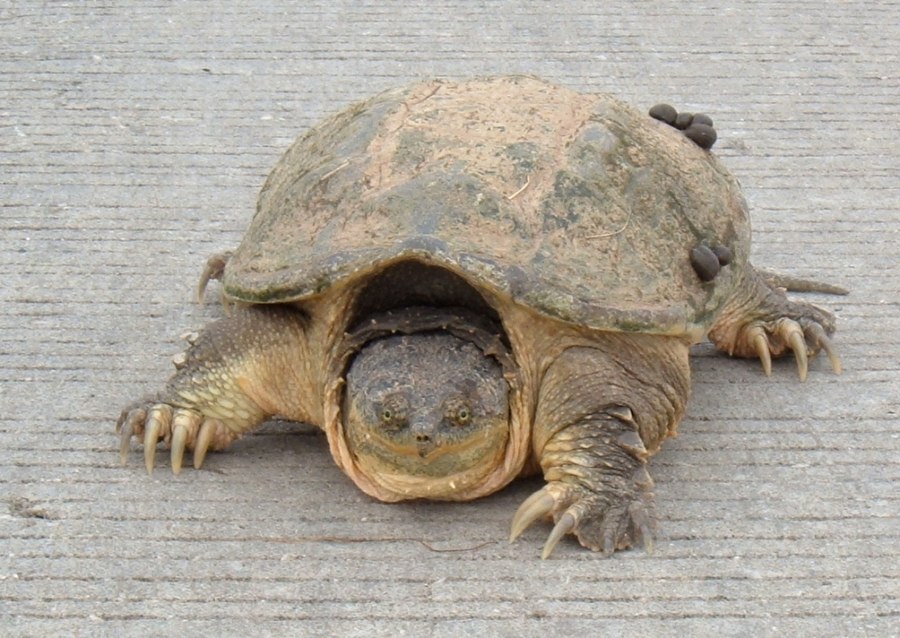Facts About Snapping Turtle
The common snapping turtle is a fascinating creature found throughout North America, from Canada down to Florida, and as far west as the Rocky Mountains. Belonging to the Chelydridae family, these large freshwater turtles are known for their aggressive demeanor on land and their stealthy behavior in water.
One of the most intriguing aspects of common snapping turtles is their life strategy. They take a considerable amount of time to reach sexual maturity but can live for many years once they do. Predominantly carnivorous, they feast on various aquatic animals and occasionally even small mammals and birds.
As adults, snapping turtles have few natural predators. However, they face significant threats from habitat destruction, pollution, and human activities. They exhibit some remarkable behaviors, such as surviving winter months without breathing, using the Earth's magnetic field for navigation, and laying their eggs in sandy soil on land.
Although they are not officially endangered, conservation efforts are underway in Canada and some U.S. states due to declining populations and habitat loss.
Anatomically, these turtles are built like tanks. They have a rugged build, a ridged shell, and can grow up to 50 cm in length and weigh over 30 kg. As apex predators in their ecosystems, they possess powerful jaws capable of exerting significant force. Despite their fearsome appearance, they are generally docile underwater and prefer to avoid confrontations.
Humans sometimes consume snapping turtles, but it is worth noting that they can accumulate toxic pollutants. They are not ideal pets either, given their aggressive nature and specific care requirements. Handling them requires caution to avoid injury to both the turtle and the handler.
In some areas, common snapping turtles have become invasive species, often due to people releasing unwanted pets into the wild. Conservation efforts are ongoing to protect these turtles and their habitats, especially in Canada and certain U.S. states.
Despite their somewhat intimidating reputation, common snapping turtles play a crucial role in their ecosystems. Protecting them is important not only for their sake but also for the health of the entire ecosystem.

 Venezuela
Venezuela